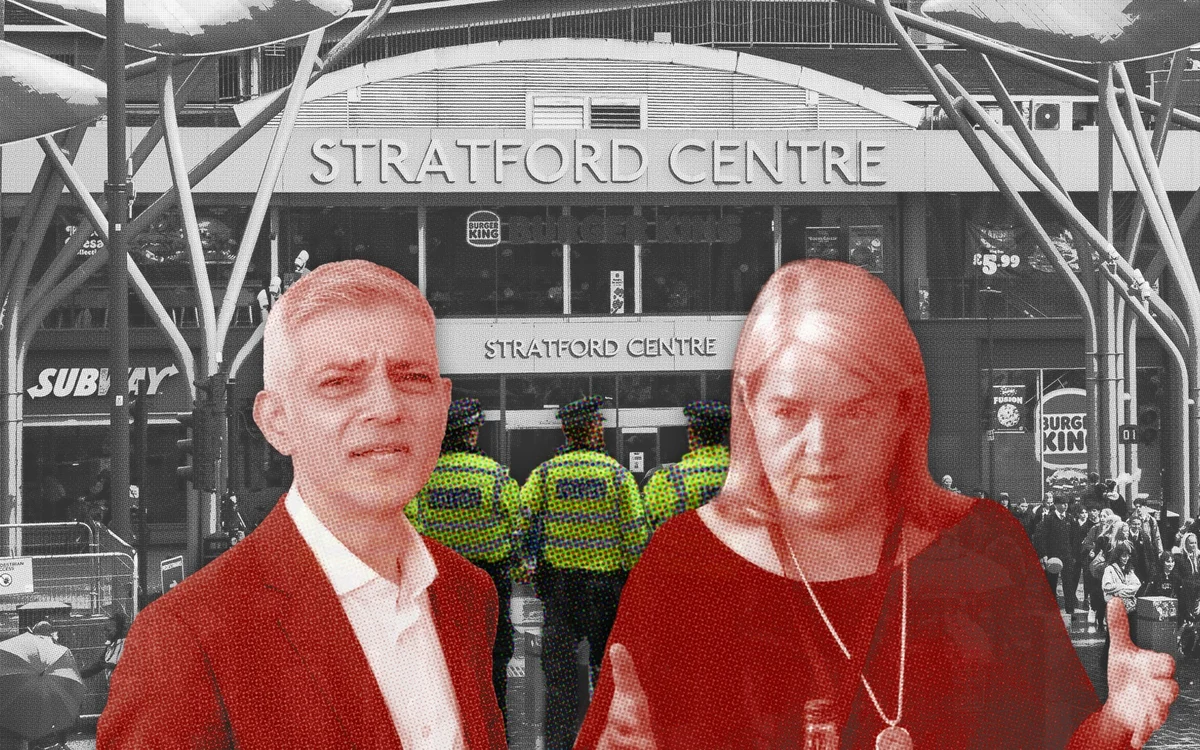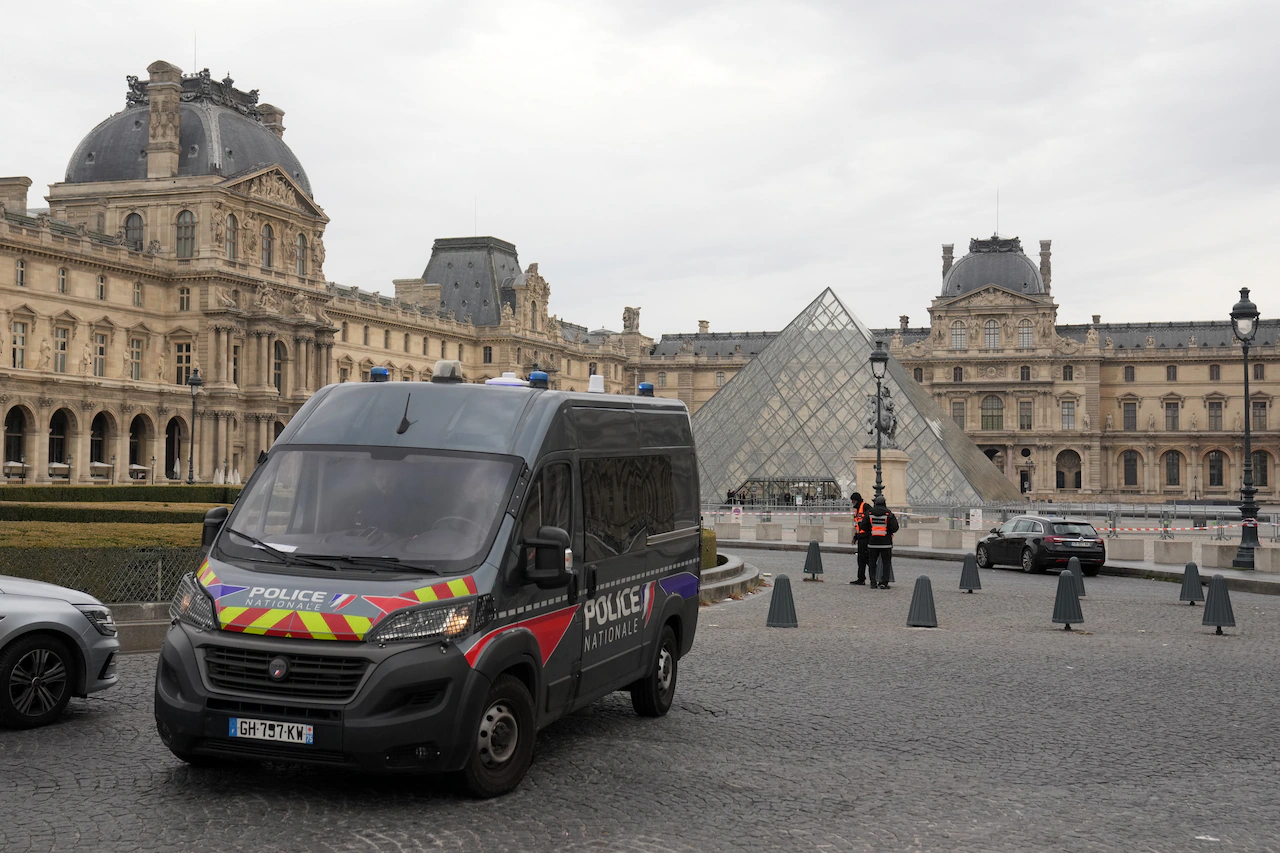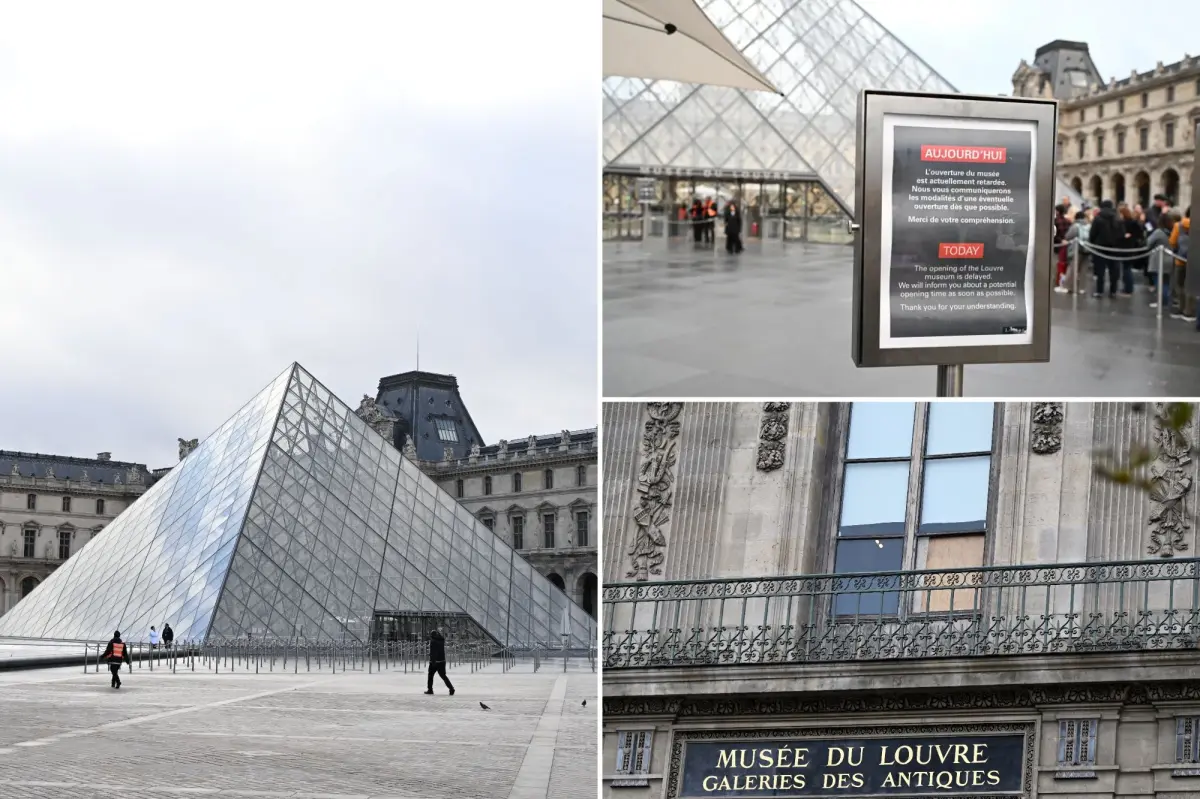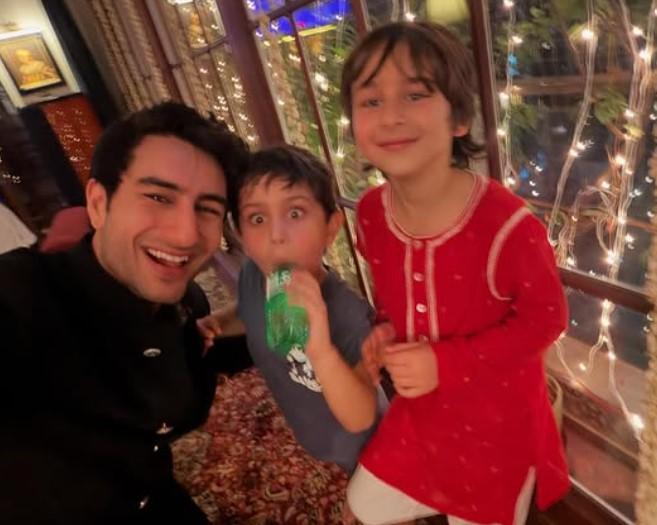Copyright standard

In the shadow of Stratford Westfield, just a few minutes' walk from the Olympic Park and the canal dotted with riverboats, young skateboarders and dancers would flock nightly to the glossy, white-tiled floors of a nearby shopping mall. The fading Stratford Centre was a magnet for teenagers. When shoppers departed, it would turn into a sanctuary for London’s homeless seeking shelter. It also became something much darker: a hub for grooming gangs who sought vulnerable teens to exploit. In 2017, only a few years after the national scandal of grooming gangs in Rotherham dominated the news, another investigation was launched in east London: Operation Grandbye. It was sparked by allegations from four girls, aged between 13 and 15, who alleged that they had been raped by men based around the Stratford Centre. Officers went on to identify 18 girls as victims, most aged 14 and 15. The teens targeted in this area of east London are far from London’s only victims. Yet there has seemingly been a catastrophic failing of the Met Police to connect the dots from borough to borough, meaning grooming gangs in the capital can operate unbothered. The Standard has spoken to social workers, charities, experts and survivors who all say sexual abuse by gangs is ubiquitous across the capital. Cases outlined in independent reports published by local authorities in London over the past two years suggest young girls are being groomed by groups of men. The investigations — known as Child Safeguarding Practice Reviews — were ordered after serious incidents involving children who were sexually and criminally exploited. They all tell a similar story of vulnerable youngster, often in care, let down by the authorities there to protect them. In 2017 in Stratford, detectives acted swiftly, and the arrests of six men followed, though half of these suspects were themselves aged 16 or under. Two of the men were aged 21 and one 34. Police issued nine Child Abduction Warning Notices, a tool used to disrupt relationships between adults and children when exploitation is suspected. But progress appears to have stalled, and countless cases of child exploitation continue in the capital. The last public update on Operation Grandbye came in a written answer at Mayor’s Question Time in August 2018: “Operation Grandbye has been successful in disrupting perpetrators through a number of arrests and civil orders… The Met Police will continue to monitor the impact of the operation [and the] Sexual Exploitation Team (SET) maintain a working relationship with the local borough police in Newham.” As part of the Standard’s investigation, we sent a Freedom of Information request to the force asking about the results of the police action — how many people were charged and convicted of crime and whether any other victims were identified. Six months later, no answers have been received. For years Britain’s grooming gang scandal has been defined by a handful of northern towns where groups of men abused vulnerable girls with near impunity while police and local councils seemingly turned a blind eye and, in some cases, even criminalised the victims. London was barely mentioned, with authorities suggesting that child exploitation in the capital was centred predominantly around county lines drug dealing gangs. Is this wilful ignorance, or an institutional cover up? When Sir Sadiq Khan was questioned about it earlier this year, he said the focus in the city was primarily on county lines drug dealing. When pushed by the Conservative’s leader on the London Assembly, Susan Hall, he denied knowing what she meant by a grooming gang. “We do have issues in London with young girls being groomed for county lines,” the Mayor said. “Some of those girls are used for sex and that is one of the reasons why I have set up things like the Lighthouse [a City Hall-funded project that helps survivors of child sexual abuse in north London] and why we are investing in London’s Violence and Exploitation Support Service.” A spokesperson for the Mayor of London said: "Any individuals or gangs exploiting young women and girls for sex are utterly abhorrent. They must face the full force of the law. Anyone with any information about any crimes should contact the police so that action can be taken. "The Mayor and the Met police are committed to doing all they can to protect women and children in London from organised criminal and sexual exploitation, including instances of gangs sexually exploiting young women and girls.” Met Commissioner Sir Mark Rowley last week told Assembly Members in City Hall that Scotland Yard had a “steady flow” of ongoing multi-offender child sexual exploitation investigations, and a “very significant” number of allegations would need to be reopened because of the Home Office’s grooming gangs review. But he added that he would be “loathed” to take child protection specialists away from dealing with current caseloads “to look back in history” and it might cost “millions of pounds” to re-investigate the alleged crimes. Retired Chief Superintendent Simon Ovens, a former Met borough commander, told the Standard: “More should have been done at the time. “But as I recall, it wasn’t high on the list of priorities for any mayor or commissioner because other things were. There was a focus on 12 key crime types — including robbery, burglary and even bicycle theft. Child sexual grooming wasn’t one of those we were measured on or had to put resources into.” However, Mr Ovens said funds must be found to go after London gangs: “If people were the victims of sexual grooming as young children, it is absolutely vital that we go back and investigate those crimes. This isn’t some ‘woke chit-chat’, it’s stuff that ruined people’s lives.” Susan Hall said she had been contacted privately by victims of grooming gangs after making numerous attempts to force Sir Sadiq to respond in public to her concerns. She told the Standard: “It beggars belief that we are being told London is the only place in the country where there are no grooming gangs. “It’s absolutely outrageous that Sadiq Khan fails to take this seriously. “I have been asking for months - then lo and behold last Thursday Mark Rowley suddenly said there were grooming gangs. It’s hugely concerning.” Part of the problem appears to be the way that the Met operates and communicates with other authorities, which allows for cases to slip through the cracks. Basic Command Units, which group neighbouring boroughs together, mean there is not a symbiotic relationship between Scotland Yard and the 32 boroughs in the capital. A government-ordered audit into the grooming gangs scandal this year found there is “mismatch” in the way the Met and local authorities record child abuse. Baroness Louise Casey’s report said the force logged 2.77 contact child sexual abuse cases per 1,000 children, while boroughs recorded just 1.3 child-in-need assessments for child sexual exploitation and 1.79 for child sexual abuse. There also appears to be a significant overlap between child sexual abuse and county lines drug trafficking gangs. Social workers, lawyers, safeguarding professionals and victims have revealed that it is an epidemic, and tethered to organised crime. But why have the authorities failed to act effectively? Amy Clowrey is a solicitor who has worked closely with the victims of child sexual exploitation across the UK and was central in representing Rotherham survivors as well as the victims of the Lambeth care home scandal, where a “culture of cover-up” led to more than 700 children in south London being abused in five group homes between the 1960s and 1990s. “I know it’s a prevalent issue in London,” Clowrey tells the Standard. “It is being brushed under the carpet. There’s absolutely no doubt it’s happening. “A number of my clients have said that they’ve been trafficked to London [from other areas of the UK].” Kate Elysia, 36, is a survivor of a Telford grooming gang, and says she was abused in London after moving to Essex. She said a friend had texted her to say she would be picked up in Wimbledon for a lift back to her home, but when she arrived at the meeting point, she was met by four men in a car. They explained they had to go and pick something up and travelled to a Travelodge in London City. In hindsight, she realised they were booking a room when they reached the spot. “They were tricking me to come into the bedroom, so I went upstairs with them,” she says. “There were four of them and they were all talking in another language. “I realised at that moment, ‘I think they want to have sex with me.’ It was only when I saw the bed and the four men that I realised something is not right here.” She says she was raped by a man who had claimed to be a famous singer in Sri Lanka. Asked if she believes there are grooming gangs operating in the capital, Elysia says: “Yes, the same behaviours are happening in London but also because London is a very big place, it’s so diverse, the organised abuse happens in many different cultures in London. I don’t think at all it is only people of Pakistani origin.” Many victims outlined in reports uncovered by the Standard appear to be vulnerable children in care. Olivia* was 17 years old and missing from care when she was discovered in a hotel room with six adult men in March 2022. She had been plied with class-A drugs and alcohol. Two men had raped her while others filmed parts of the attack. By age 13 Olivia’s “school attendance was low and there was an increasing concern for child exploitation due to missing episodes and substance use”, a report commissioned by Lambeth Council states. Police charged an adult man with sexually exploiting her when she was 15 years old — but ultimately he was not convicted and the experience of giving evidence had been “very traumatic” for the young teenager. During Olivia’s years in care, she was reported missing 59 times. There were six occasions of rape or sexual assault, six incidents of physical assault and seven times where indecent images of her were recorded circulating online. She was placed in foster care and secure accommodation — sometimes as far away as Scotland. Despite early signs of exploitation, Olivia was at times blamed for her situation, the report found. It stated that there were occasions where she was accused of “placing herself at risk”. “The police adopted a position of criminalisation of Olivia, before moving to a position which recognised Olivia was a victim of exploitation,” the review found. In another borough, Croydon, Chloe* had come to police and social services attention aged 11 after not attending school for several months and she was assessed as being vulnerable to child sexual exploitation. Before her 12th birthday she disclosed she had been raped and tests showed she had three sexually transmitted diseases. Tragically, Chloe was 17 when she took her own life in a state of mental crisis, a review published in October 2023 by Croydon council shows. Her death came after five years in care placements across the country. A trial in relation to her rape aged 11 had concluded with a not guilty verdict; the reasons for this outcome are “unclear”, the review said. What is clear is that Chloe’s short life had been unimaginably hard. She had lived in at least 18 different “homes” over her five years in care and was placed in secure accommodation on four occasions. Few of her placements ending were planned and had happened because of concerns that a particular establishment “could not keep Chloe safe”, the report found. The horrifying stories continue. Mara, from Lambeth, has learning difficulties. The 15-year-old, who had been in care since infancy, alleged a rape while in foster care in 2021, but a referral was not completed until nine months later and there were delays in her receiving a Child Sexual Abuse medical and being interviewed. When she went missing from care in late 2022 (one of many episodes where she was reported missing), she was found with two adult men and there were concerns she had been sexually assaulted. After being found she spent nearly 24 hours in a police station and two nights in a hotel before a new placement was arranged. Why are these children being abandoned, and so routinely failed by the support network designed to care for them? Chris Wild, a care sector activist and abuse survivor, described the care system as “at the precipice of collapsing. That’s why it’s so easy for criminal gangs to get access to children.” “In London in particular you have more kids in care than you have anywhere else in the country and with that comes vulnerable children who are valuable to criminal organisations,” he says. “My experience over the last 10 years is that every kid who has gone missing will come back with a story of being raped or abused, prostitution by certain gangs. It’s happening every single day. I don’t think we’ve touched it yet because the focus is on Rotherham.” In the capital, this network of abuse, though similar in some ways, is part of a much wider crime ring. Clowrey said: “From speaking to my clients, I think that these men are in organised criminal gangs and that just one of the strands of their criminal behaviour is related to child sexual exploitation. “They were also involved in lots of other different activities, like drug dealing and violent crime, and I think that quite often, the girls were trafficked to almost pay a debt for the men that they were being taken by. “So, for example, if somebody was owed money by someone, one of the girls might be taken [and told], ‘you need to go and do the sexual act with that person,’ and it would be in repayment for something. I have heard that a number of times.” The Met’s figures show the extent of the challenge. In 2023 alone, more than 9,000 children under 17 were recorded as missing in London. Over 27,000 separate missing incidents were logged. Many children go missing multiple times, increasing their exposure to danger. Since April this year, police in London have recorded a 15% increase in reports of child sexual exploitation offences. The force said it had secured a 6% increase in positive outcomes and more than tripled detection rates. In the aftermath of convictions in Rotherham, debates around the ethnicity of perpetrators consumed much of the public conversation. It seemingly explained a reticence to get involved, for fear of appearing racist. For the grooming gangs there were predominantly made up of British Pakistani men, while the victims were white. Subsequent enquiries in towns like Rochdale and Bradford revealed similar patterns. Baroness Casey, in her report, said a culture of “blindness, ignorance and prejudice” had led to repeated failures to properly investigate child rape cases. She found evidence of “over-representation” of Asian and Pakistani heritage men among suspects in data collected in Greater Manchester, West and South Yorkshire and said for too long authorities had shied away from the ethnicity of the people involved. It is “not racist to examine the ethnicity of the offenders”, Baroness Casey said in her findings. But experts say the situation in London is more complex. Clowrey is cautious also about drawing broad racial conclusions about the perpetrators. “In areas such as Rotherham or Bradford, there was a higher number of Asian men that would be abusing young girls.” That does not appear to be the case in London. “I do know from speaking to my clients that there are concerns about other nationalities.” The children also come from diverse backgrounds: the Met’s figures show that children from all races are reported missing. In 2023, some 3,878 missing reports were for white children, 3,856 were black, while 1,106 were from Asian backgrounds. The race of the missing child was not recorded in 1,002 cases and noted as “other” in 351 cases. Warda Mohamed, founder of the west London safeguarding charity Lasting Support, told the Standard that “it is all races” — and sexes. “It’s boys and girls. You see young boys who are sexually assaulted, it’s filmed and then used to blackmail them. “The public has no idea how bad it is in London and if they knew there would be more interest. There absolutely needs to be better record keeping and more funding for services.” Mohamed added that cuts to services in the capital have left vulnerable children without regular contact with adults who can spot abuse. She has called for a child sexual exploitation model similar to that used by Prevent — the UK’s counter-terrorism strategy that utilises a multi-agency approach — to be introduced to support individuals vulnerable to exploitation. The large-scale problem in the capital accounted for almost a quarter of all referrals of children for sexual exploitation in England and Wales between 2019 and 2022. And this is likely to be a conservative number, as providing a tally of grooming gang convictions and the demographic of both victims and perpetrators in the capital is challenging — due to the evolving nature of investigations, under-reporting, variations in records and arguably, as all over Britain, the political element of the racial make-up of the perpetrators. Despite the evidence, a series of questions about grooming gangs in the city have gone unanswered. Sir Sadiq has been accused by political rivals of dodging the subject and earlier this year rejected a Tory amendment to his budget, which included £4.49m for an “Independent Inquiry into the Exploitation of Children in London”. The Safeguarding Practice Reviews have scrutinised failures in individual cases and were completed only after a very serious incident. But they show numerous assaults and evidence of grooming was ignored in the run-up. Wild said he expects there to be increasing calls for public transparency about the situation in the capital: “There is going to be a lot of pressure on Sadiq Khan and local authorities in London to put that evidence in the public domain, to show how many young people in each borough are going missing, are being exploited, and gang groups as well. Which community groups and gangs are doing the abusing. “Nothing has changed [in 10 years].” In fact, he says, “it’s got worse… There are so many vulnerable children now. There’s an influx of children coming into care. [And] because local authorities have sold off all their assets, it becomes a privatised situation.” The figures support his claims. With almost 10,000 children in care in the capital, there is a chronic shortage of children’s homes in London and the South-east, especially for those with complex needs. No secure accommodation exists in the capital, meaning children are shipped hundreds of miles from their boroughs, and cut off from support networks and those who could spot the warning signs of danger before it is too late. The system designed to protect them too often fails to intervene until after the damage is done. Prime Minister Sir Keir Starmer committed to a full statutory inquiry into group-based child sexual abuse earlier this year. But the probe was dealt a blow this week when a string of abuse survivors resigned from its oversight panel, with some accusing the Home Office and the Labour Government of “contempt” and “political interference” before it has appointed a chair. Two of them, Ellie-Ann Reynolds and Fiona Goddard, expressed concerns that officials were trying to water down the inquiry by widening the scope beyond grooming gangs into broader issues of child sexual abuse. Reynolds, from Barrow, said in a statement: “The Home Office held meetings we weren’t told about, made decisions we could not question and withheld information that directly affected our work. When I asked for clarity, I was treated with contempt and ignored.” One of the candidates to chair the probe withdrew. Safeguarding minister Jess Phillips said she “regrets” that the two survivors of child sexual abuse quit their roles in a national inquiry. She added she does not know who is on the inquiry panel of victims, stressing it is independently managed by a grooming gang charity. Downing Street has denied that the national inquiry is in crisis, with the Prime Minister’s spokesman telling reporters on Tuesday: “We are working with victims from across the country, listening to their individual experiences, to finally get justice. And while we all want to get on with setting up the inquiry, our priority is getting it right. “I’d point you back to the original child sexual abuse inquiry, which had three chairs withdraw before Professor Alexis Jay was appointed in 2016, two years after it started. We’re determined not to let victims down again.” A Met Police spokesman said: “We understand the very real concern the public have around so-called grooming gangs and treat all allegations of sexual offences and exploitation extremely seriously. “Our data shows the group-based child sexual abuse and exploitation picture in London is more varied than in other parts of the country and does not neatly align with patterns of methodology, ethnicity or nationality seen elsewhere and reported on extensively. “We are utterly committed to protecting vulnerable children and bringing those responsible to justice. There is still much work to be done, including encouraging reporting of offences so we have the fullest possible picture, but we have made significant improvements in the past decade to enable us to do that effectively.” Whether that happens, remains to be seen.



